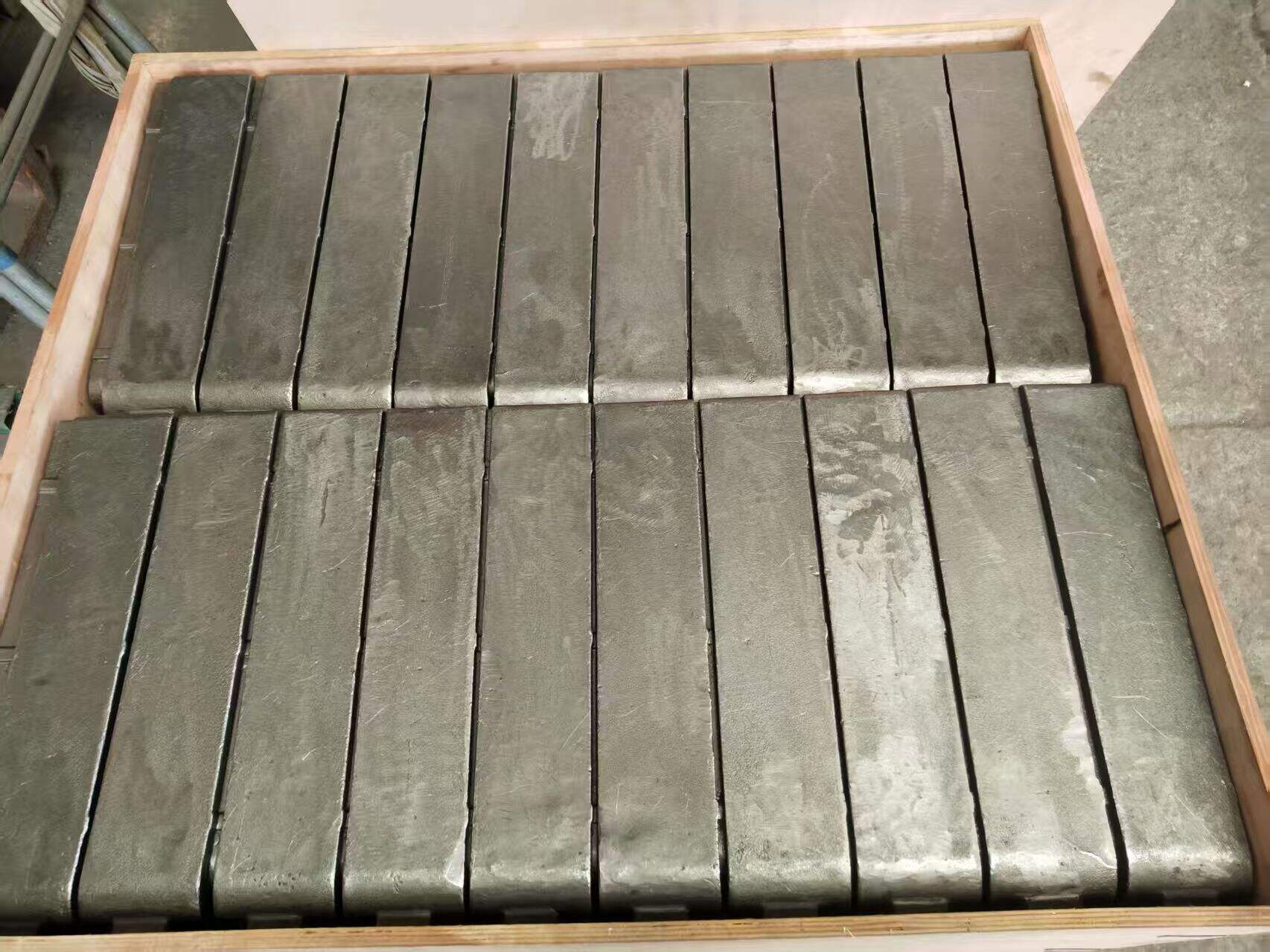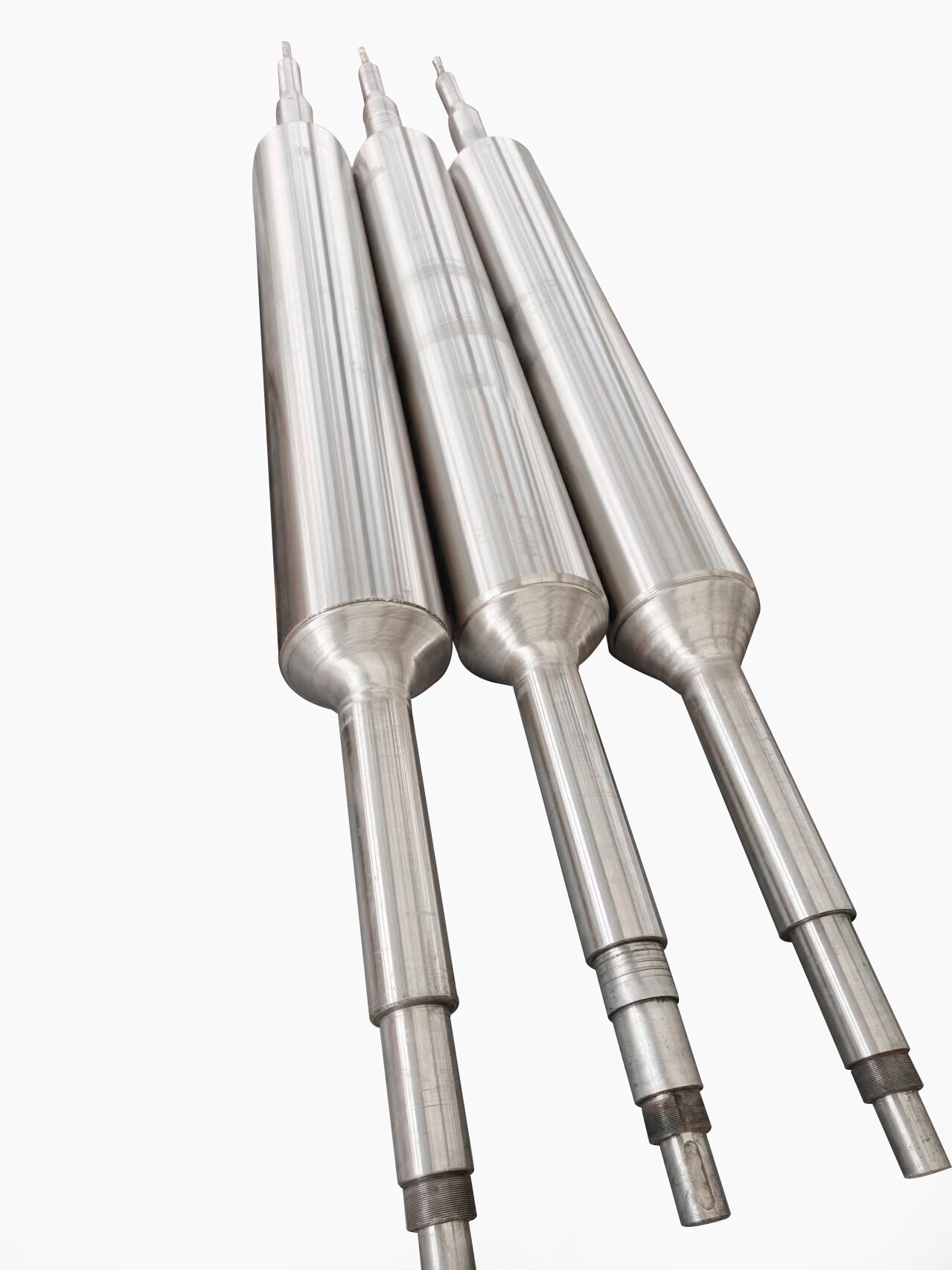lost foam casting
Lost foam casting represents a revolutionary metal casting process that combines precision, efficiency, and versatility in manufacturing complex metal components. This innovative technique involves creating a pattern from expanded polystyrene foam, which is then coated with a refractory material. The pattern is embedded in unbonded sand and molten metal is poured directly onto the foam pattern. As the metal enters, the foam vaporizes, creating a perfect cavity that the metal fills, resulting in a precise replica of the original pattern. This process eliminates the need for cores, parting lines, or draft angles typically required in traditional casting methods. The technology enables the production of intricate parts with internal passages and complex geometries that would be difficult or impossible to achieve through conventional casting methods. Lost foam casting finds extensive applications across various industries, including automotive manufacturing, aerospace components, marine equipment, and heavy machinery. The process is particularly valuable for producing engine blocks, cylinder heads, pump housings, and other components requiring precise internal channels and complex external features. The technique has revolutionized the casting industry by offering a cost-effective solution for producing both prototype and production parts while maintaining high dimensional accuracy and surface finish quality.

